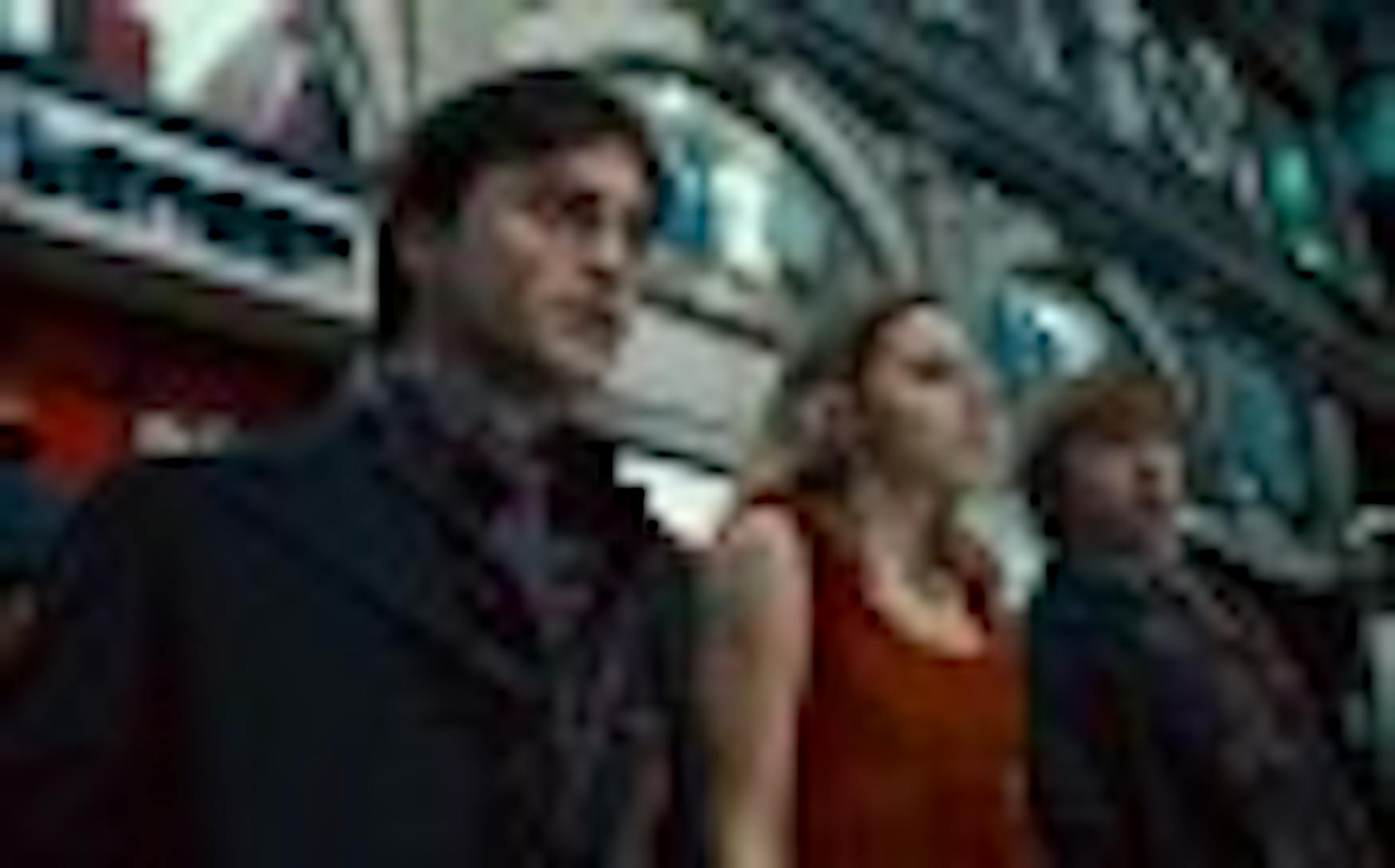Seventh Potter film is a visual treat
It's hard to judge the merit of a book-based adaptation without thinking about its literary predecessor. With Harry Potter movies, it's next to impossible. And if you are one of those who can separate the two effectively, there's a large chance it's because you've never read the books to begin with. For that small group of people, the second-to-last installment in the Harry Potter film saga is not going to make much sense.Harry Potter and the Deathly Hallows: Part 1 is beautifully photographed, and the computer-generated imagery is flawless. The story, if solely judged by its merit as a movie, is where the film falls a bit flat. Harry Potter (Daniel Radcliffe), who just turned 17, must continue his search for Lord Voldemort's Horcruxes with the help of his friends Ron Weasley (Rupert Grint) and Hermione Granger (Emma Watson). Don't know what a Horcrux is? Unless you saw the previous movie or read the book, you won't. That's just one of the examples of where the movie fails to clue readers in to author J.K. Rowling's complex plot.
But there is a good explanation for this lack of information. Whereas in the other films much of the story was cut out to focus in on certain vital plot lines, this film stays very close to the entirety of the book. Because screenwriter Steve Kloves had so much time within which to tell the story-the film is being released in two parts, with the second coming out next summer-he tried to put in as much of the book as possible. As a result, he did not leave time to explain many details, such as the two-way mirror that Sirius Black, Harry's godfather, gave to him that will play a large role in the next film. In Part 1, we see Harry look into a shard of the mirror over the course of the movie, but we never know its significance, nor are we even reminded of its purpose within the previous film.
For those of us who have read the books, this film has many, many redeeming qualities. First of all, there is the set. Escaping the walls of our beloved Hogwarts, we are taken across the English countryside, which brings a strong sense of place to the film. This is one of the differences between the seventh book and the others in the series: we travel with the characters, never settling down for too long, and this constant change gives a feeling of urgency and darkness to the plot. Shot on location at Freshwater West, a gorgeous beach in England; the city streets of London; and Swinley Forest, a property of the Crown Estate, the constant feeling of hiding from the Ministry of Magic's snatchers forces the audience to invest a lot of emotion in the film.
This invested emotion plays a huge part in the scare factor of the movie. The film, rated PG-13 for some dark, frightening scenes, brings the characters' fears to life. The computer-enhanced scenes take the more magically horrific moments of the film to the next level of believability. Segments of the film where a Voldemort-controlled Ministry begins to form an anti-Muggle (someone who is nonmagical) campaign appear to be heavily influenced by the Salem Witch Trials and also by fascist Germany, which adds to our personal investment in the well-being of Harry, Ron and Hermione.
The film is also at times very funny. Grint provides constant comic relief, as do Harry's sarcastic quips regarding the group's exceedingly grave situation. The return of the house elf Dobby is also quite humorous, and his character's involvement in the film is simultaneously heartwarming and heartbreaking. Watson's acting, in particular, is spot-on. Grint and Radcliffe serve their purposes, but it is our know-it-all heroine who steals the show. She has grown as an actress since the first Harry Potter film, a fact made evident by her ability to portray a range of emotions, from tortured to enamored. Meanwhile, her character still remains the slightly smart-alecky Hermione from the books while remaining quite likeable at the same time. Other notable performances include newcomer Rhys Ifans as Xenophilius Lovegood and veterans Imelda Staunton as Dolores Umbridge and Helena Bonham Carter as Bellatrix Lestrange.
The best part of the film is definitely the final scene, which I won't give away. However, I will say that after expecting an annoying cliff hanger to entice viewers into returning to theaters next summer, I was pleasantly surprised. The final scene, beautifully shot, ends the film on a darker note than viewers have become accustomed to seeing from Harry Potter.



Please note All comments are eligible for publication in The Justice.